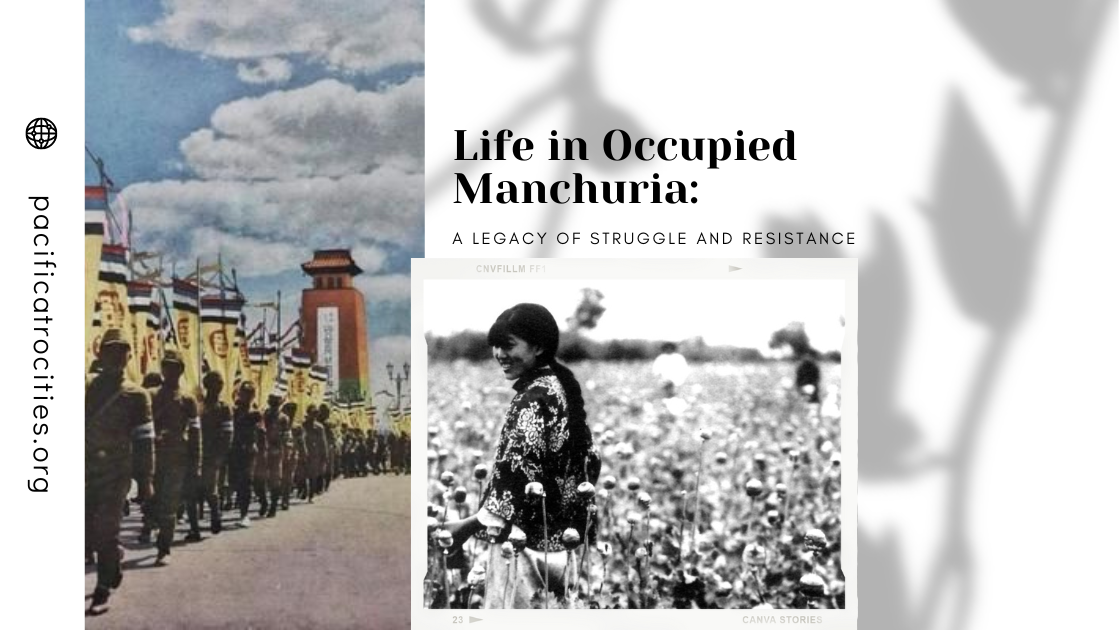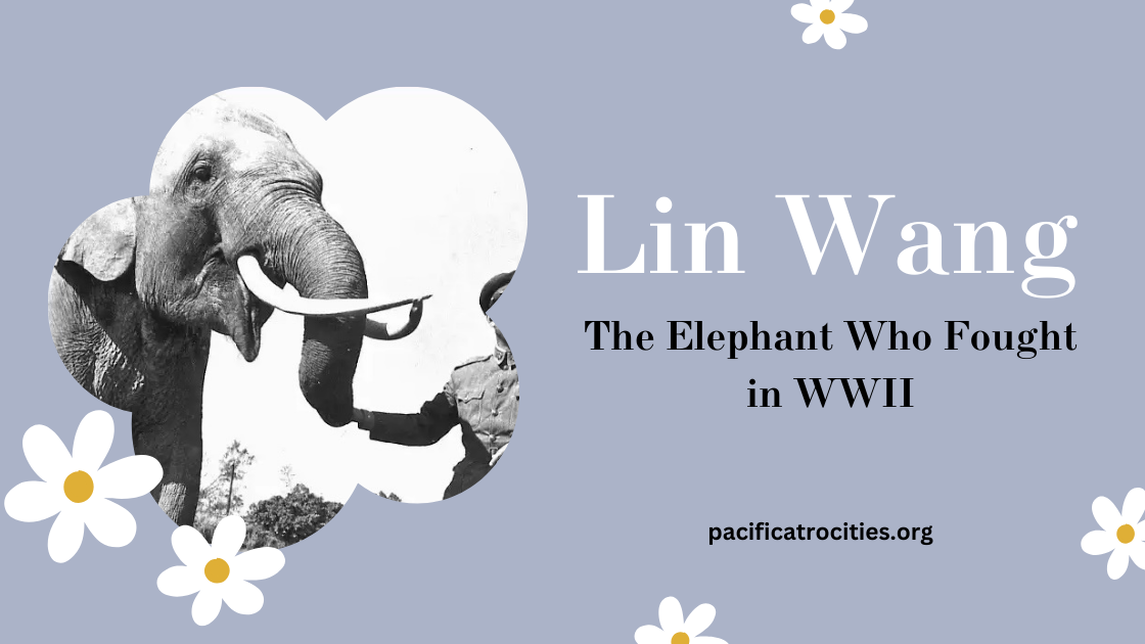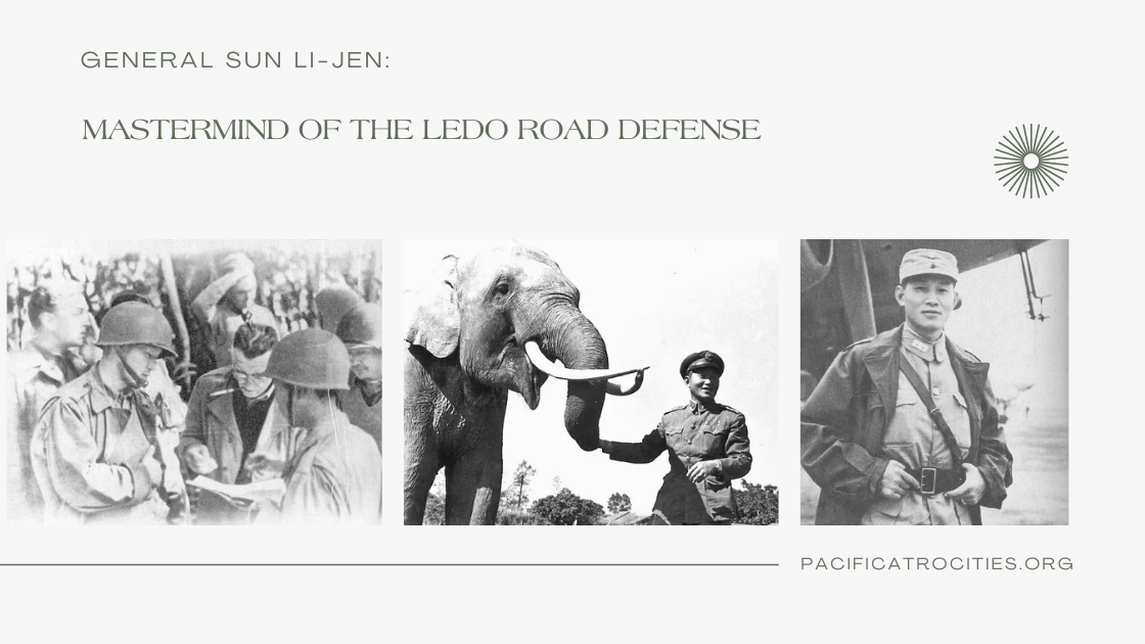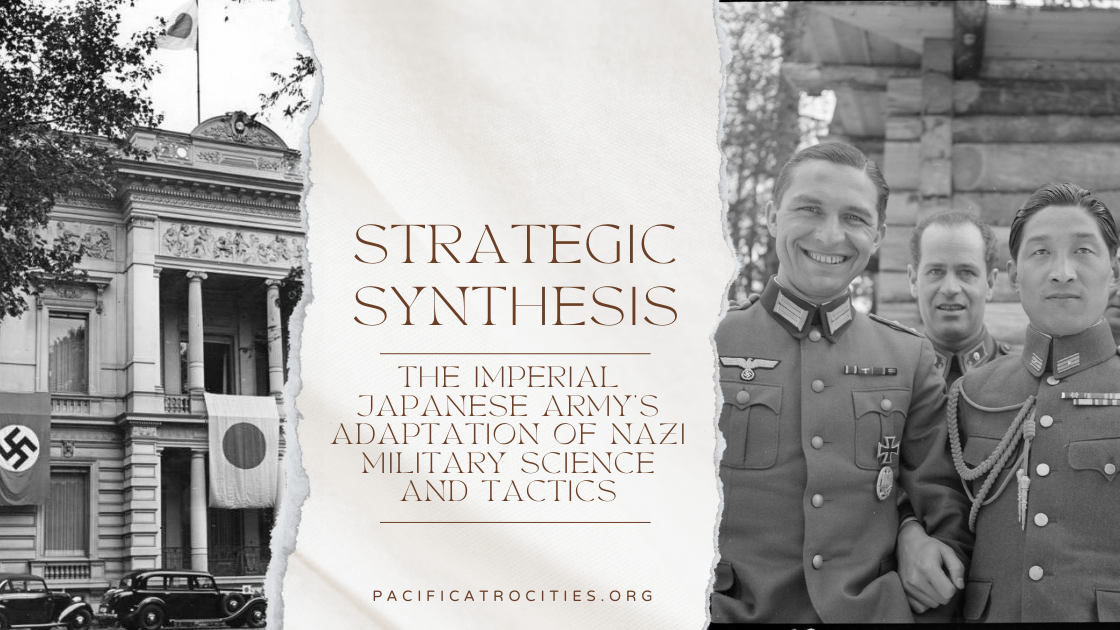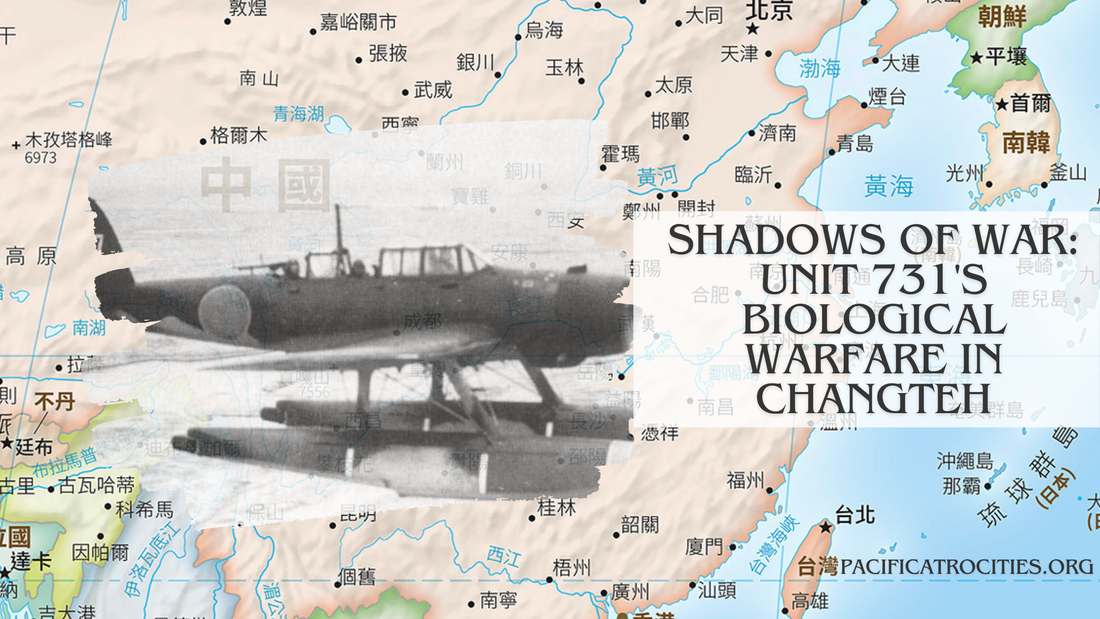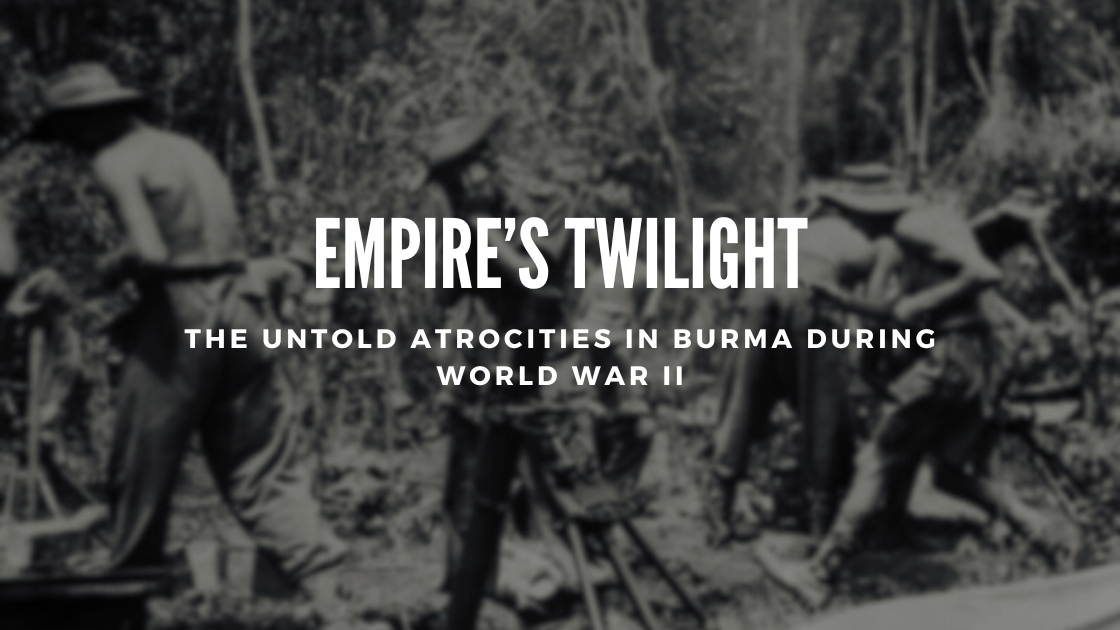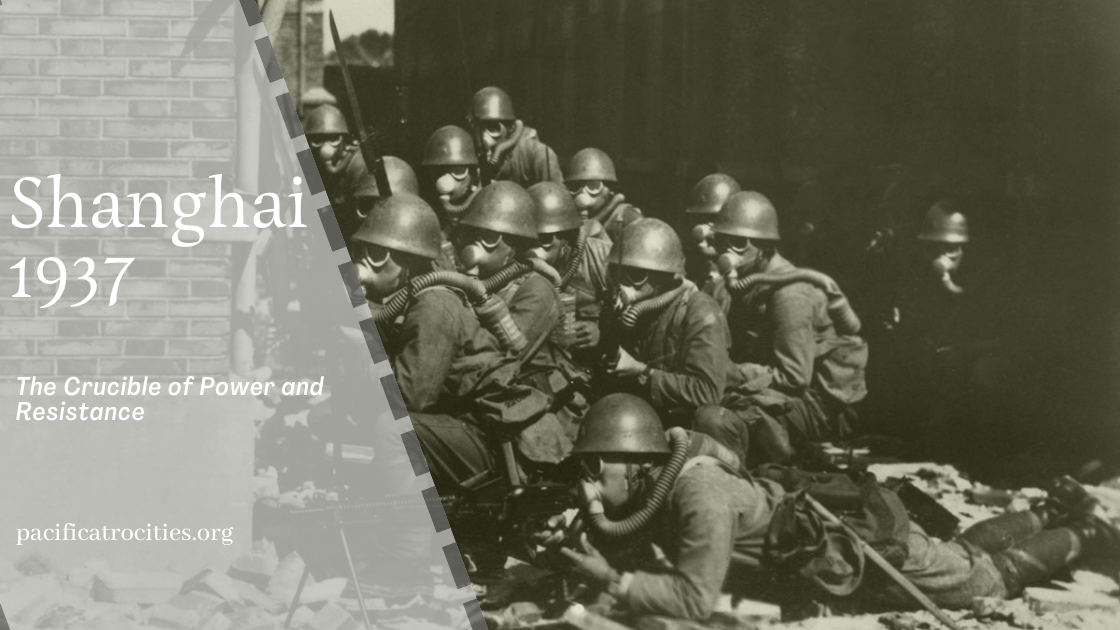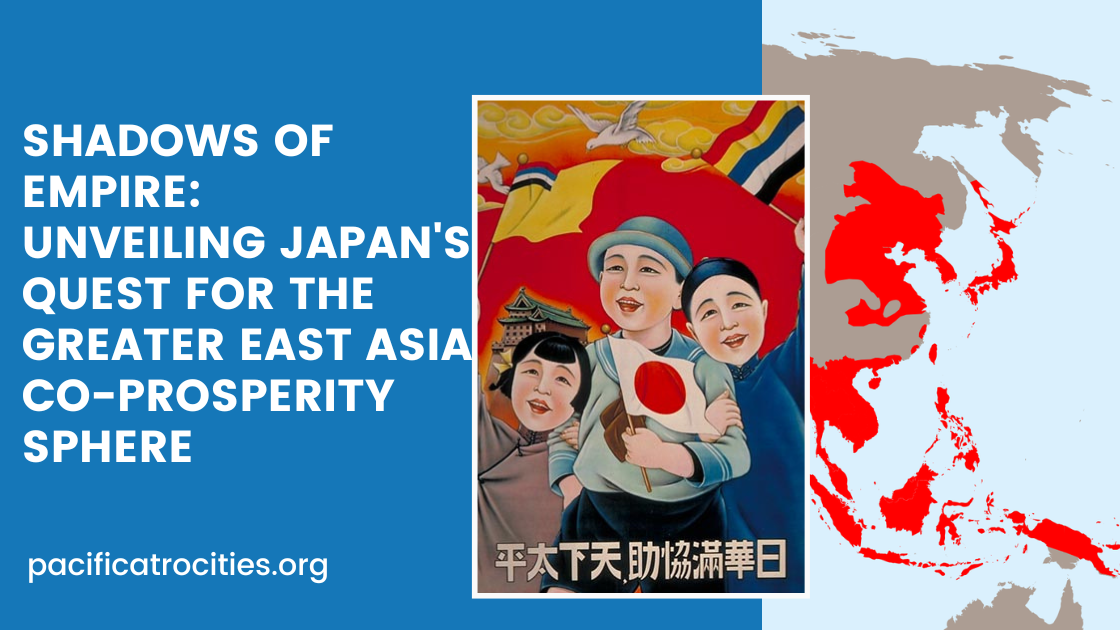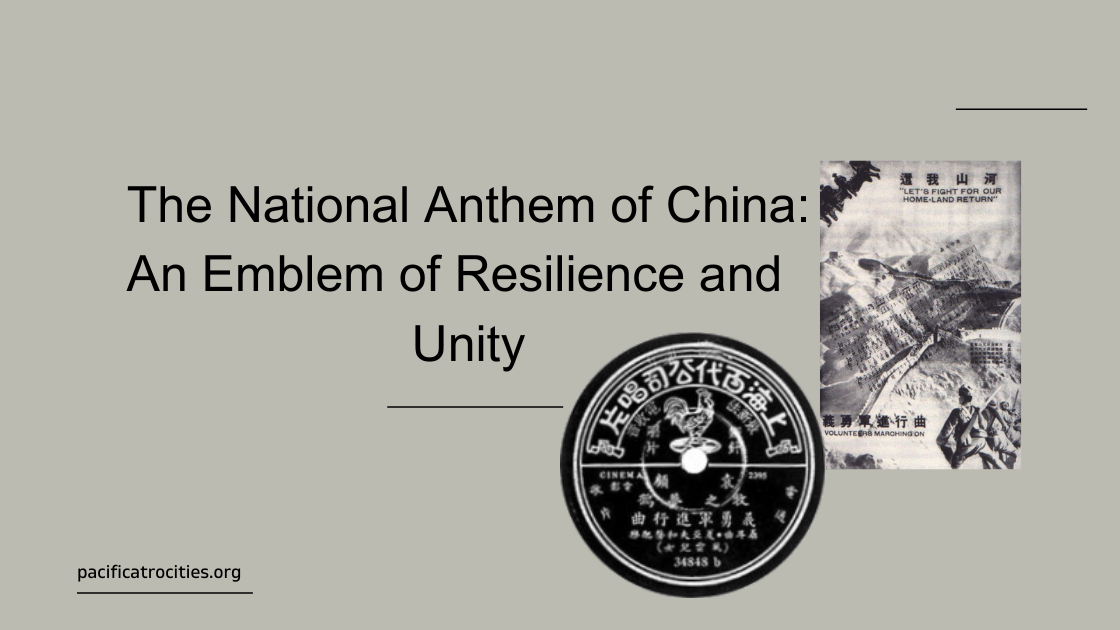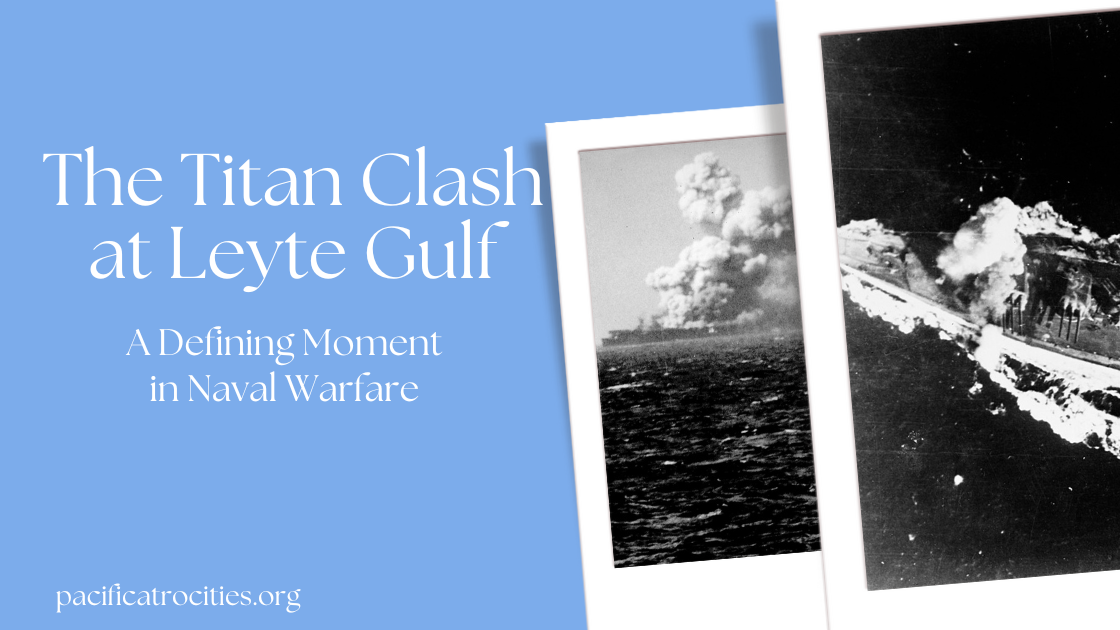|
by Ethan Julian Zamora In the late nineteenth century, Japan began a period of intense modernization known as the Meiji Restoration, restoring imperial rule and radically transforming its society and military. This era set the stage for Japan's territorial ambitions, which would unfold dramatically in the first half of the twentieth century. While Japan did annex Korea in 1910, other nations like Thailand remained free from colonization, and the Philippines were under American control until after World War II. However, the invasion of China on September 18, 1931, marked a significant expansion of Japanese imperial activity, leading to the establishment of the puppet state of Manchukuo in the region known as Manchuria.
0 Comments
by Jenny Chan Lin Wang林旺was an elephant who became a symbol of resilience, strength, and the deep bond between animal and humans. His story is enough to fill a movie of its own. Lin Wang's journey from a working animal to a celebrated war hero and then to a cherished public figure is not just a tale of survival but a narrative that embodies the spirit of an era and the enduring legacy of an extraordinary creature.
by Jenny Chan In the events of World War II's China-Burma-India Theater, General Sun Li-jen(孫立人)'s role in defending the Ledo Road stands out as a testament to his military acumen and strategic foresight. His efforts in safeguarding this vital supply route were crucial in sustaining the Allied forces' operations against Japanese incursions. This post examines Sun's leadership and tactical genius in the context of the broader conflict, drawing on scholarly research and historical documentation.
Strategic Synthesis-The Imperial Japanese Army's Adaptation of Nazi Military Science and Tactics4/9/2024 by Vadym Velychko The Imperial Japanese Army (IJA) and Nazi Germany shared a complex relationship in the early to mid-20th century, influenced by ideological similarities and practical military interests. The exchange of military science and tactics between these two powers significantly impacted the IJA's operational strategies during World War II.
by Jenny Chan In the annals of wartime atrocities, few incidents are as chilling and controversial as the actions attributed to Imperial Japan's Unit 731 during the Second Sino-Japanese War. Among the many accusations leveled against this covert biological and chemical warfare unit, one of the most harrowing is their alleged role in the outbreak of bubonic plague in Changteh (now Changde), China, in 1941. Central to this narrative is the claim that Unit 731 deliberately dropped infected wheat and rice grains over the city, sparking an epidemic that claimed numerous lives. [1]
by Jenny Chan On March 4, 1942, World War II's tendrils had ensnared Burma (now Myanmar), casting a shadow over its rich landscapes and diverse communities. As the conflict between the Allied and Axis powers intensified, the actions of the British Empire in Burma came to reflect a darker facet of wartime conduct and colonial ambition. This extended analysis seeks to unearth the British military's often-overlooked actions in Burma, illuminating the suffering imposed on its people and the lasting scars of imperialism.
by Vadym Velychko The 1937 Battle of Shanghai marks a grim milestone in the history of 20th-century warfare, representing the tragic clash between imperial ambition and nationalistic fervor. Japan, seeking to expand its empire, aggressively targeted the city, setting the stage for a brutal conflict with China. This battle highlighted Japan's expansionist agenda and served as a proving ground for Chinese Nationalist leader Chiang Kai-shek, who aimed to demonstrate his military acumen and rally national resistance against foreign aggression.
by Ashton Hinsdale On August 1st, 1940, Japanese Foreign Minister Matsuoka Yosuke officially delivered a decree that codified the unofficial policy and sentiments of the Japanese administration and military. This marked the establishment of the Greater East Asia Co-Prosperity Sphere (GEACPS), a strategic initiative aimed at creating a bloc of East Asian nations led by Japan and free from Western colonial powers.[1] With the use of an aggressive ideological framework, Asia must unite in the Japanese "spirit" and via Japanese stewardship.[2] Advocating for Pan-Asian unity under Japanese dominion, the GEACPS signified Japan's ambitions to expand its influence over territories not only under its control, such as Manchuria, Taiwan, Korea, and the Marshall Islands, but also those in Southeast Asia under Western colonial rule. by Jenny Chan The national anthem of China, "March of the Volunteers" (义勇军进行曲), is not only a symbol of national pride but also a historical testament to the country's resilience and collective spirit. This powerful anthem's stems from the resistance war against the Imperial Japanese during World War 2. It calls for unity to stand against enemy and imperialism.
by Jenny Chan The Battle of Leyte Gulf, which occurred between October 23 and 26, 1944, remains the largest naval engagement in history. This titanic clash occurred in the waters around the Philippine islands of Leyte, Samar, and Luzon during World War II, involving the United States Navy and the Imperial Japanese Navy. The battle's enormity and pivotal role in the Pacific theater underscore its historical significance. |
- Home
- Stories
-
Internship
- Summer 2024 Internship
- Summer 2023 Internship
- Fall 2022 Internship
- Summer 2022 Internship
- Summer 2021 Internship
- Fall 2020- Spring 2021 Internship
- Summer 2020 Internship
- Fall 2019 Internship
- Summer 2019 Internship >
- School Year 2018-2019 Internship
- Summer 2018 Internship >
- Fall 2017 Internship
- Summer 2017 Internship >
- Books
- Archives
-
Resource Page
-
Supplementary Research Guides
>
- Unit 731 - Guide >
-
Philippines' Resistance - Guide
>
- Philippines World War II Timeline
- The Japanese Invasion & Conquest of the Philippines
- Bataan Death March
- Formation of Underground Philippines Resistance
- Supplies of the Guerrilla Fighters
- The Hukbalahap
- Hunter's ROTC
- Marking's Guerrillas
- United States Army Forces in the Philippines of Northern Luzon (USAFIP-NL)
- The Aetas
- Chinese and Filipino-Chinese Nationalist Guerrilla Units
- The Female Faces of the Philippine Guerrillas
- Rising Sun Flag - Guide >
- Pinay Guerrilleras - Guide >
- Fall of Singapore - Guide >
- Three Years and Eight Months - Guide >
- Siamese Sovereignty - Guide >
- The Khabarovsk War Crimes Trial - Guide >
- Unit 731 Cover-up : The Operation Paperclip of the East - Guide >
- Marutas of Unit 731 - Guide >
- Prince Konoe Memoir - Guide >
- Competing Empires in Burma - Guide >
- Battle of Shanghai - Guide >
- Ishi Shiro - Guide >
- Taiwan The Israel of the East - Guide >
- Seeking Justice for Biological Warfare Victims of Unit 731 - Guide >
- Rice and Revolution - Guide >
- Clash of Empires - Guide >
-
Hunger for Power and Self-SufficiencyI - Guide
>
- The Influence of War Rations on Post-War Culinary Transformations
- How World War II Complicated Food Scarcity and Invention
- American Military Innovations
- Government-Sponsored Food Inventions in Europe during World War II
- Feeding the Army: The Adaptation of Japanese Military Cuisine and Its Impact on the Philippines
- Mixed Dishes: Culinary Innovations Driven by Necessity and Food Scarcity
-
Denial A Quick Look of History of Comfort Women and Present Days’ Complication - Guide
>
- The Comfort Women System and the Fight for Recognition
- The Role of Activism and International Pressure
- The Controversy over Japanese History Textbooks
- The Sonyŏsang Statue and the Symbolism of Public Memorials
- Activism and Support from Japanese Citizens
- The Future of Comfort Women Memorials and Education
- Echoes of Empire: The Power of Japanese Propaganda - Guide >
- Lesson Plans >
-
Supplementary Research Guides
>
|
Pacific Atrocities Education
730 Commercial Street San Francisco, CA 94108 415-988-9889 |
Copyright © 2021 Pacific Atrocities Education.
We are a registered 501 (c)(3) charity. |
- Home
- Stories
-
Internship
- Summer 2024 Internship
- Summer 2023 Internship
- Fall 2022 Internship
- Summer 2022 Internship
- Summer 2021 Internship
- Fall 2020- Spring 2021 Internship
- Summer 2020 Internship
- Fall 2019 Internship
- Summer 2019 Internship >
- School Year 2018-2019 Internship
- Summer 2018 Internship >
- Fall 2017 Internship
- Summer 2017 Internship >
- Books
- Archives
-
Resource Page
-
Supplementary Research Guides
>
- Unit 731 - Guide >
-
Philippines' Resistance - Guide
>
- Philippines World War II Timeline
- The Japanese Invasion & Conquest of the Philippines
- Bataan Death March
- Formation of Underground Philippines Resistance
- Supplies of the Guerrilla Fighters
- The Hukbalahap
- Hunter's ROTC
- Marking's Guerrillas
- United States Army Forces in the Philippines of Northern Luzon (USAFIP-NL)
- The Aetas
- Chinese and Filipino-Chinese Nationalist Guerrilla Units
- The Female Faces of the Philippine Guerrillas
- Rising Sun Flag - Guide >
- Pinay Guerrilleras - Guide >
- Fall of Singapore - Guide >
- Three Years and Eight Months - Guide >
- Siamese Sovereignty - Guide >
- The Khabarovsk War Crimes Trial - Guide >
- Unit 731 Cover-up : The Operation Paperclip of the East - Guide >
- Marutas of Unit 731 - Guide >
- Prince Konoe Memoir - Guide >
- Competing Empires in Burma - Guide >
- Battle of Shanghai - Guide >
- Ishi Shiro - Guide >
- Taiwan The Israel of the East - Guide >
- Seeking Justice for Biological Warfare Victims of Unit 731 - Guide >
- Rice and Revolution - Guide >
- Clash of Empires - Guide >
-
Hunger for Power and Self-SufficiencyI - Guide
>
- The Influence of War Rations on Post-War Culinary Transformations
- How World War II Complicated Food Scarcity and Invention
- American Military Innovations
- Government-Sponsored Food Inventions in Europe during World War II
- Feeding the Army: The Adaptation of Japanese Military Cuisine and Its Impact on the Philippines
- Mixed Dishes: Culinary Innovations Driven by Necessity and Food Scarcity
-
Denial A Quick Look of History of Comfort Women and Present Days’ Complication - Guide
>
- The Comfort Women System and the Fight for Recognition
- The Role of Activism and International Pressure
- The Controversy over Japanese History Textbooks
- The Sonyŏsang Statue and the Symbolism of Public Memorials
- Activism and Support from Japanese Citizens
- The Future of Comfort Women Memorials and Education
- Echoes of Empire: The Power of Japanese Propaganda - Guide >
- Lesson Plans >
-
Supplementary Research Guides
>
